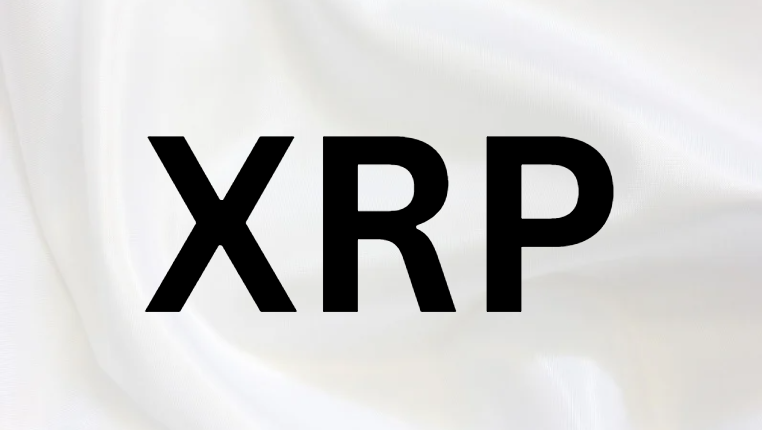XRP is one of the most talked-about digital currencies in the world. It is not just a simple coin like Bitcoin. XRP was created by Ripple Labs to help banks and financial companies move money faster and cheaper. Many people know XRP because it is often linked with cross-border payments. Over the years, it has become one of the top cryptocurrencies by market value.
This article explains what XRP is, how it works, and why many people are interested in it. We will also answer common questions about XRP.
What is XRP?
XRP is a digital asset that runs on the XRP Ledger, an open-source blockchain. Unlike Bitcoin, which was designed for peer-to-peer payments, XRP was mainly designed for global transfers. It helps banks, businesses, and individuals send money across borders in just a few seconds.
Ripple Labs, the company behind XRP, does not control the coin fully. The XRP Ledger works independently, but Ripple uses XRP in its products like RippleNet.
How XRP Works
The main goal of XRP is to make money transfers fast and affordable. Traditional bank transfers can take days, especially when sending money internationally. With XRP, the transfer can happen in just 3 to 5 seconds.
Here’s how it works:
- A person sends money using XRP.
- The transaction is confirmed by the XRP Ledger in seconds.
- The receiver gets the money quickly, with very low fees.
The low cost of transactions is one of the biggest advantages of XRP.
XRP vs Bitcoin
Many people compare XRP with Bitcoin. While both are digital currencies, they are very different.
FeatureXRP BitcoinSpeed 3–5 seconds 10 minutes or more Transaction Cost Very low (fractions of a cent) Higher fees Supply Limit 100 billion total 21 million total Purpose: Money transfers, banking use Store of value, digital gold
XRP is not designed to replace Bitcoin. Instead, it focuses on solving problems in the banking and finance system.
Benefits of XRP
XRP offers many benefits compared to traditional payment methods and some other cryptocurrencies:
- Fast transactions—takes only seconds.
- Low fees—costs less than a cent per transfer.
- Scalable—Can handle thousands of transactions per second.
- Eco-friendly – Uses much less energy compared to Bitcoin.
- Bank partnerships—Ripple has worked with banks and payment companies worldwide.
Risks and Challenges
Like all cryptocurrencies, XRP also has risks. Some of the main challenges include:
- Regulatory issues: Ripple Labs has faced lawsuits, especially with the U.S. Securities and Exchange Commission (SEC). This has affected XRP’s price and trust.
- Market volatility: The price of XRP can rise or fall quickly, making it risky for investors.
- Centralization concerns: Some critics believe Ripple has too much control over XRP’s supply.
Future of XRP
The future of XRP depends on several factors. If Ripple can solve its legal battles and continue to partner with banks, XRP could grow stronger. Its speed and low cost make it attractive for global payments.
Many experts believe XRP could play a big role in the financial system if regulations become clearer. However, investors should always be careful because of the risks involved.
XRP Price Trends
XRP’s price has seen many ups and downs since its launch. It once reached over $3 in 2018 but later dropped below $1. Today, it remains one of the top coins by market value.
The price often moves because of:
- News about Ripple’s legal cases.
- Partnerships with banks or companies.
- General changes in the crypto market.
FAQs
1. What is XRP used for?
XRP is used to make fast, cheap international money transfers. It can also be traded like other cryptocurrencies.
2. Is XRP the same as Ripple?
No. Ripple is the company, while XRP is the digital currency. Ripple uses XRP in its payment products.
3. How many XRP coins exist?
The total supply of XRP is 100 billion coins. Not all of them are in circulation yet.
4. Is XRP a good investment?
XRP can be profitable, but it is also risky. Its value depends on the outcome of Ripple’s legal cases and the growth of crypto adoption.
5. How long does an XRP transaction take?
XRP transactions usually take 3 to 5 seconds to complete.
6. Can XRP replace Bitcoin?
No. XRP is not designed to replace Bitcoin. Bitcoin is seen as “digital gold,” while XRP is focused on fast money transfers.
7. Where can I buy XRP?
XRP can be bought on most major cryptocurrency exchanges, depending on your country’s rules.
Conclusion
XRP is a powerful digital asset that aims to improve how money moves around the world. With its speed, low cost, and global partnerships, XRP has become a strong player in the crypto market. However, investors should always be aware of its risks, especially with regulations and price changes.
